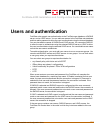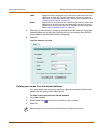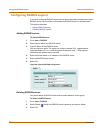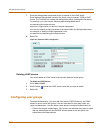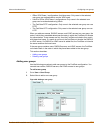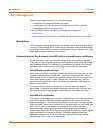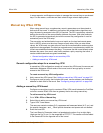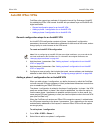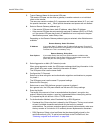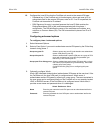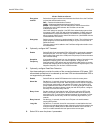
FortiGate-4000 Installation and Configuration Guide Version 2.50
FortiGate-4000 Installation and Configuration Guide 235
IPSec VPN
A Virtual Private Network (VPN) is an extension of a private network that
encompasses links across shared or public networks such as the Internet. For
example, a company that has two offices in different cities, each with its own private
network, can use a VPN to create a secure tunnel between the offices. Similarly, a
teleworker can use a VPN client for remote access to a private office network. In both
cases, the secure connection appears to the user as a private network
communication, even though the communication is over a public network.
Secure VPN connections are enabled by a combination of tunneling, data encryption,
and authentication. Tunneling encapsulates data so that it can be transferred over the
public network. Instead of being sent in its original format, the data frames are
encapsulated within an additional header and then routed between tunnel endpoints.
Upon arrival at the destination endpoint, the data is decapsulated and forwarded to its
destination within the private network.
Encryption changes a data stream from clear text (something that a human or a
program can interpret) to cipher text (something that cannot be interpreted). The
information is encrypted and decrypted using mathematical algorithms known as
keys.
Authentication provides a means to verify the origin of a packet and the integrity of its
contents. Authentication is done using checksums calculated with keyed hash
function algorithms.
This chapter provides an overview about how to configure FortiGate IPSec VPN. For
a complete description of FortiGate VPN, see the FortiGate VPN Guide.
• Key management
• Manual key IPSec VPNs
• AutoIKE IPSec VPNs
• Managing digital certificates
• Configuring encrypt policies
• IPSec VPN concentrators
• Monitoring and Troubleshooting VPNs



